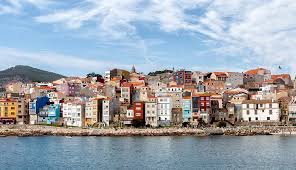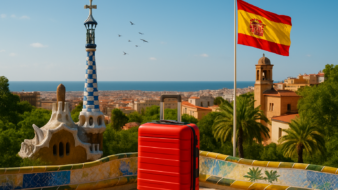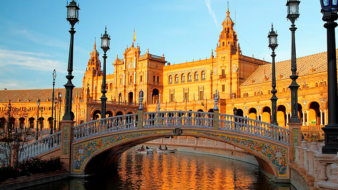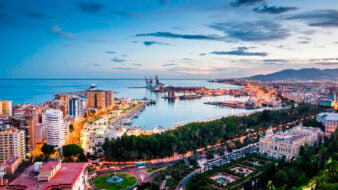Turnkey relocation to Spain from 6 weeks
We will help you to obtain a Spanish residence permit for the whole family with a minimum tax burden!
Read more
Get a free consultation
From 0 €
Tax burden per month
From 6 weeks
Term for obtaining a residence permit
5 years
Until permanent residence permit


Diving into Galicia!

We decided to tell you about Galicia — the westernmost continental region of Spain and one of the most vibrant and impressive areas in the country!
Go back to the blog


 12/05/2025
12/05/2025  Reading time: 1 min
Reading time: 1 min 





